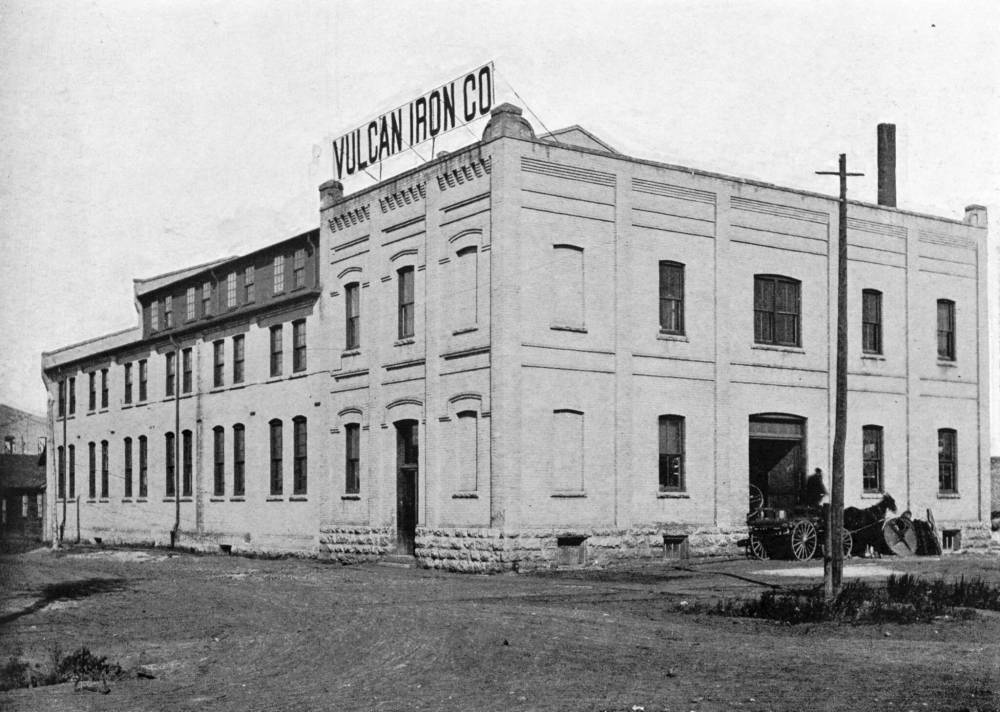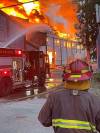Vulcan Iron Works helped to forge Winnipeg
Read this article for free:
or
Already have an account? Log in here »
To continue reading, please subscribe:
Monthly Digital Subscription
$0 for the first 4 weeks*
- Enjoy unlimited reading on winnipegfreepress.com
- Read the E-Edition, our digital replica newspaper
- Access News Break, our award-winning app
- Play interactive puzzles
*No charge for 4 weeks then price increases to the regular rate of $19.00 plus GST every four weeks. Offer available to new and qualified returning subscribers only. Cancel any time.
Monthly Digital Subscription
$4.75/week*
- Enjoy unlimited reading on winnipegfreepress.com
- Read the E-Edition, our digital replica newspaper
- Access News Break, our award-winning app
- Play interactive puzzles
*Billed as $19 plus GST every four weeks. Cancel any time.
To continue reading, please subscribe:
Add Free Press access to your Brandon Sun subscription for only an additional
$1 for the first 4 weeks*
*Your next subscription payment will increase by $1.00 and you will be charged $16.99 plus GST for four weeks. After four weeks, your payment will increase to $23.99 plus GST every four weeks.
Read unlimited articles for free today:
or
Already have an account? Log in here »
Hey there, time traveller!
This article was published 05/07/2023 (889 days ago), so information in it may no longer be current.
Vulcan Iron Works buildings were never deemed worthy of heritage protection, but its workers are part of history thanks to the 1919 general strike that shook Winnipeg, which they helped to ignite.
Named after the Roman god of fire and the forge, the former site of Vulcan Iron Works, at 105 Maple St., North, was consumed by a massive blaze on Tuesday. Nearby residents in Point Douglas were forced to keep their windows closed and leave the area for hours while firefighters fought to put it out, due to the amount of unidentified chemicals inside.
The company was established as the Winnipeg Foundry and Machine Shop in 1874, just months after Winnipeg was incorporated as a city in November 1873. On the site, there were buildings dating back to the 1880s, but, as Cindy Tugwell said, because almost every physical historical feature on them was long gone, the city never deemed the site as something worth preserving.
“Its biggest problem was it was vacant and abandoned,” she said.
“From a history and heritage perspective, the original building was unique for the strike, but it did not tick off enough boxes to be designated.”
Julia Smith, an assistant professor at the University of Manitoba labour studies program, said Vulcan Iron Works was a key cog in the 1919 Winnipeg General Strike.
City of Winnipeg Archives Photograph of the Vulcan Iron Works on page 153 of the Illustrated Souvenir of Winnipeg, published by W.M. Maretl and Sons, Half-Tone Engravers, in Winnipeg ca. 1903.
Smith said it was Vulcan workers who, upset with their low wages and long hours, walked off the job on May 2, 1919. The general strike began two weeks later, on May 15.
“It was that job action which led the labour council to vote for the general strike,” she said. “The Vulcan Iron Works workers were a key part of the strike.
“Thankfully, the history is not just wrapped up in the building. The history is still there. It cannot be erased.”
Gordon Goldsborough, of the Manitoba Historical Society, wrote on its website that Vulcan had manufactured structural material for bridges and buildings, as well as stairs and fire escapes, grain elevator machinery, and railroad equipment. He said during the First and Second World Wars the company produced artillery shells for the army and metal parts for naval and merchant ships.
The 40-metre tower and water tank on the Winnipeg Beach waterfront is the most prominent piece constructed by Vulcan that remains visible today.
Goldsborough said the company, which at its peak spread across three-and-a-half city blocks, or about nine acres, moved to North Kildonan in 1961, and the original site closing in the mid-1970s.
Historian Christian Cassidy said it’s sad when a building as old as Vulcan Iron Works is destroyed.
“There aren’t many around from that time and this company played a large role here and in Western Canada,” Cassidy said.
“The men who worked there made the products which made Western Canada. You can look under bridges and in old buildings and you will see the VIW stamp.”
“Its biggest problem was it was vacant and abandoned.”–Cindy Tugwell
Both Cassidy and Tugwell said the company helped define Point Douglas — but not necessarily in a good way.
“It is a vast, very polluted site,” Cassidy said. “You can’t just stick housing in it without cleaning it up.
“If there’s a silver lining, the neighbourhood gets land back and, if the land gets cleaned up, a housing development could go there.”
“It is a vast, very polluted site… You can’t just stick housing in it without cleaning it up.”–Historian Christian Cassidy
Tugwell agreed saying “maybe the good that can come out of this fire is looking at and cleaning up a dangerous site that has been holding down Point Douglas for decades.
“Even back then, no one wanted to live near it except the people who couldn’t afford to move elsewhere.”
Tugwell said the company and the site do have a place in history.
“It probably touched everything in the city while it was in business,” she said.
“What they did was to make the economy go, not just in Winnipeg, but in Western Canada. I think its vision was really providing goods and services, which was a necessity here.”
kevin.rollason@freepress.mb.ca

Kevin Rollason is a general assignment reporter at the Free Press. He graduated from Western University with a Masters of Journalism in 1985 and worked at the Winnipeg Sun until 1988, when he joined the Free Press. He has served as the Free Press’s city hall and law courts reporter and has won several awards, including a National Newspaper Award. Read more about Kevin.
Every piece of reporting Kevin produces is reviewed by an editing team before it is posted online or published in print — part of the Free Press‘s tradition, since 1872, of producing reliable independent journalism. Read more about Free Press’s history and mandate, and learn how our newsroom operates.
Our newsroom depends on a growing audience of readers to power our journalism. If you are not a paid reader, please consider becoming a subscriber.
Our newsroom depends on its audience of readers to power our journalism. Thank you for your support.





